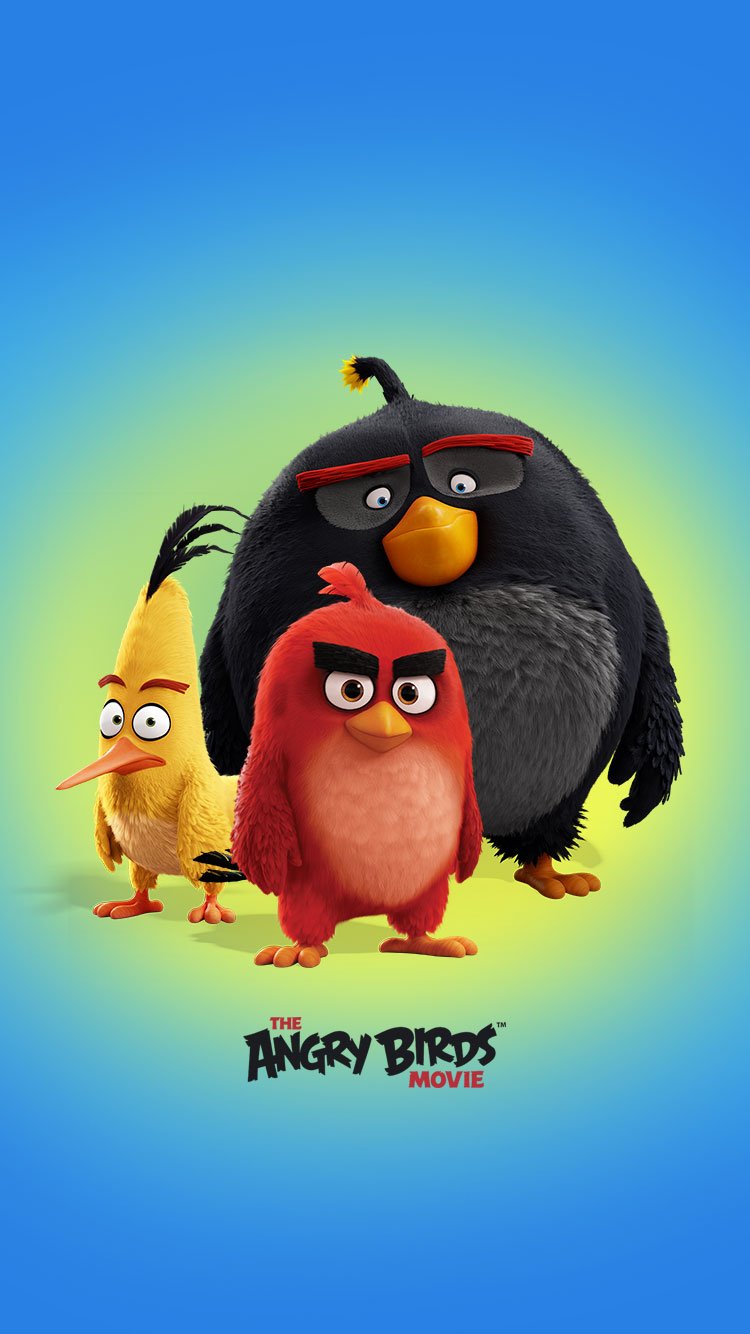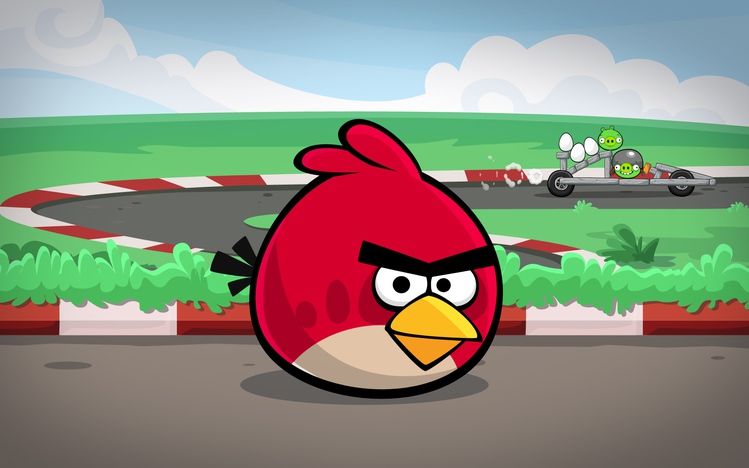
-Step-15.jpg)
Trypophobia refers to the extreme negative reaction when viewing clusters of circular objects. Along with these subjectively reported responses, several studies have documented physiological reactions (among high trypophobic individuals and study participants in general), such as increases in heart rate/variability and cortical hemodynamic responses (Le et al., 2020), electrodermal activity (Penacchio & Wilkins, 2017), early posterior negativity (Van Strien & Van der Peijl, 2018), increased late positive potential amplitude in parietal areas of the brain (Wabnegger et al., 2019) and pupillary constriction (Ayzenberg et al., 2018).


online, university campuses) experience negative reactions when viewing trypophobic imagery (Cole & Wilkins, 2013 Le et al., 2015 Penacchio & Wilkins, 2017 Pipitone & DiMattina, 2020), with reported responses including itchiness, goosebumps, nausea, and feelings of disgust (Ayzenberg et al., 2018 Imaizumi et al., 2016 Kupfer & Le, 2018 Le et al., 2015 Vlok-Barnard & Stein, 2017). While it is currently debated whether this phenomenon actually meets the requirements of a clinical phobia (Can et al., 2017 however see Vlok- Barnard & Stein, 2017), a sizable minority of people (7% -18%) assessed in a range of environments (e.g. Finally, the review aimed to discuss how potential changes in the behavioral immune system might lead to the development of trypophobia. Secondly, the review aimed to discuss the characteristic features and the etiological explanations of trypophobia. Firstly, this review aimed to discuss the evolutionary basis and mechanisms of the behavioral immune system. Following this, the current review was established within the framework of three distinct goals. Trypophobia refers to a psychological disorder in which individuals experience aversion and disgust at excessive levels toward clusters of small objects such as holes and bumps. Furthermore, it was hypothesized that a number of psychopathologies might develop as a result of maladaptive processes affecting the functionality of this system, and one of these psychopathologies might be trypophobia. However, activation of the physiological immune system can be quite costly for organisms in some cases, and therefore it has been recently proposed in evolutionary psychology that an adaptive system called behavioral immune system may have evolved in association with the proactive functional processes against pathogen threats. As a result of this, it is assumed that a variety of adaptations have evolved against infection threats and one of these adaptations is the physiological immune system. Pathogens, which are the source of infectious diseases, have imposed a strong selection pressure on human evolution as one of the most important causes of human death during the natural selection process. These findings support the proposal that individuals with trypophobia primarily perceive cluster stimuli as cues to ectoparasites and skin-transmitted pathogens.
Clipsy angry birds skin#
Many open-ended responses also described skin sensations (e.g. Scaled emotion ratings and open-ended responses revealed that the aversive response was predominantly based on the disease avoidance emotion, disgust. For both groups the level of aversion reported was predicted uniquely by a measure of disgust sensitivity. Consistent with this explanation, individuals with trypophobia, as well as comparison individuals, reported aversion towards disease-relevant cluster stimuli, but only the trypophobic group reported aversion towards objectively harmless cluster stimuli that had no relevance to disease. Trypophobia may be an exaggerated and overgeneralised version of this normally adaptive response. We suggest that aversion to clusters is an evolutionarily prepared response towards a class of stimuli that resemble cues to the presence of parasites and infectious disease. It is unclear why the condition exists, given the harmless nature of typical eliciting stimuli. Individuals with trypophobia have an aversion towards clusters of roughly circular shapes, such as those on a sponge or the bubbles on a cup of coffee.


 0 kommentar(er)
0 kommentar(er)
